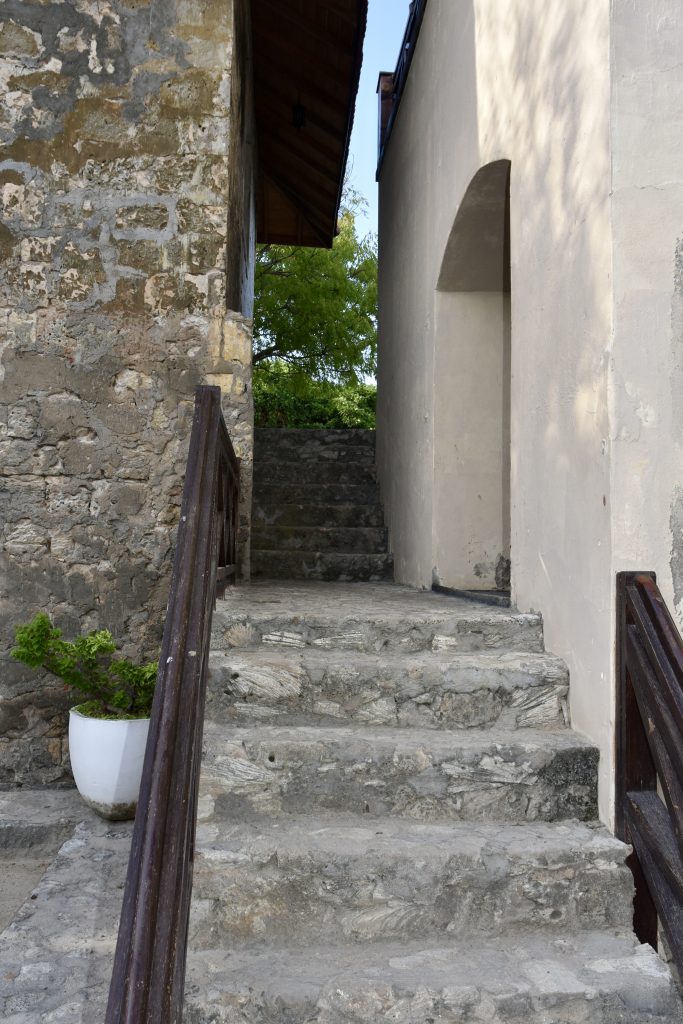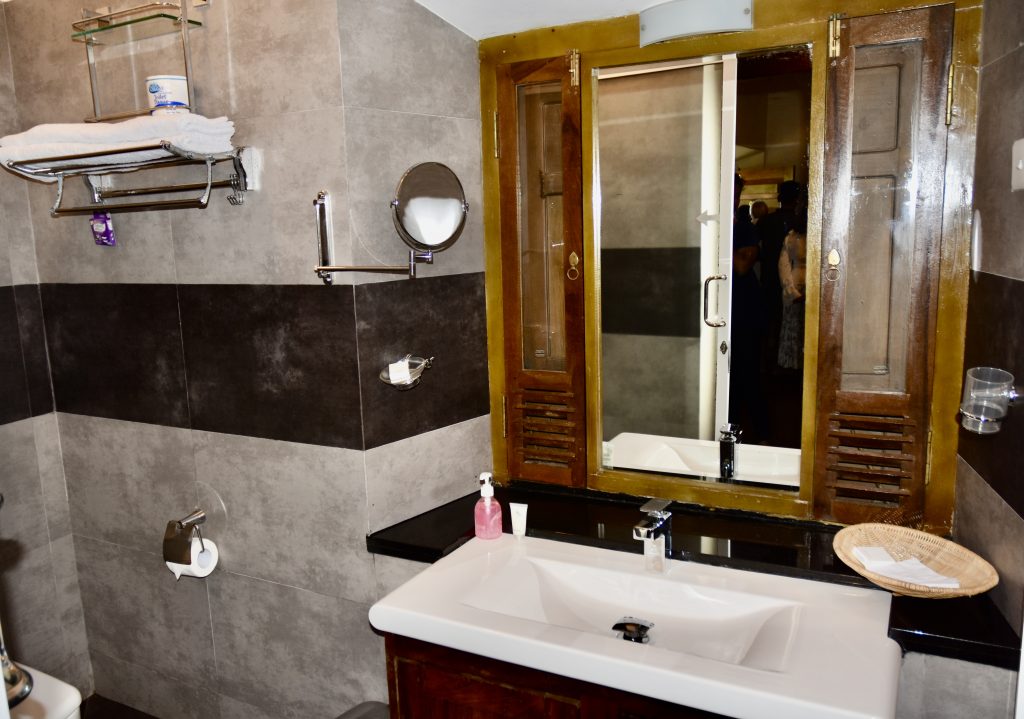The Hammenhiel Fort lies on a small rocky island between the islands of Kayts and Karaitivu at the entrance to the Jaffna Lagoon. The fort was built by the Portuguese in mid-1618 of quarried coral and was named Fortaleza Real (Fort Royal). After a 3-month siege, the Dutch captured the fort in 1658 and renamed it as Hammenhiel (Heel of the Ham) and was rebuilt by them in 1680.
The strange serenity of the little Dutch water-fort, Hammenhiel, invests this memorial with a sense of departed usefulness which is most striking. It stands on a rock at the entrance to Jaffna lagoon, and is surrounded on all sides by the sea. In those forgotten days of tumult, Hammenhiel served on the north, like Mannar Fort in the south, to guard the passage by water to the Castle or Key Fort at Jaffna.
The Dutch, when they pictured the shape of Ceylon, saw in it a resemblance to a smoked ham. Hammenhiel means “the heel of the ham”, and with a little imagination the picturesque little water-fort might very well be placed at the point where the shank bone projects.
The fort is octagonal in shape and the base of the ramparts is washed by the surf. It would appear that the walls were originally raised and the place was fortified on the orders of the Portuguese Governor of Jaffna, Antonio do Amaralde Menezes, a few years before the arrival of the Dutch. The historian Baldaeus, who accompanied the Dutch army to the assault on Jaffna, gives a brief description of the blockade and the attack on Hammenhiel by the fleet, before Jaffna capitulated.
The Portuguese only held out for a fortnight and were obliged to surrender for want of water. Consequently, the thirst-ridden Portuguese troops surrendered their fort on April 28, 1658. It is not certain what happened to them thereafter.
When the Dutch occupied this water-fort they found that the sand bank on which it was built had been undermined by the storms of the north-east monsoon. They remedied this by piling up a breakwater of stones. The Portuguese had built the ramparts hollow, and had roofed them with beams which supported a floor of stone and chunam, with a view to the space being utilized for storing provisions and ammunition.
Since the beams were liable to decay, and the floor had to support the weight of the cannon without fear of its giving way when the guns were moved about and turned round, the Dutch considered this a mistake and they replaced the roof by an entire stone vault.
Finally, profiting by the error of their predecessors, the Dutch took special pains to ensure a satisfactory water supply. On the northern side of the fortress they built a huge reservoir, paved with “Dutch Bricks” to collect and preserve the rain water. This reservoir had, however, been built so high that it reached above the parapets and was, therefore, exposed to the fire and possibility of ruin by the enemy. The defect was pointed out time and again at subsequent inspections of the fortress, but since it was a new work, it was allowed to remain until such time as alterations could be effected.

Map of Fort Hammenhiel (1735 – 1744)
A low vaulted gateway, not more than seven feet in height, is the only entrance to this water-fort. The living quarters consist of three or four rooms in the courtyard. The vaults under the ramparts were doubtless used as store rooms. The Dutch invariably maintained a garrison of thirty men under the charge of a Lieutenant or Ensign on this spot, and the early Dutch Governors make very special mention in their memoirs that Hammenhiel must be carefully guarded, none but Dutch being stationed there.
Until the year 1795, Fort Hammenhiel operated as a 17-gun fortress. Thereafter, it was captured by the British, whence it was transformed into a maximum security NDB – Naval Detention Barracks and subsequently a hospital and an infectious disease holding clinic.
After gaining independence in 1948, the fortress was used as a maximum security prison once again by the government and housed inmates. One of them, a far left-wing prisoner that caused much trouble during the early 1970s, was the leader of Janatha Vimukthi Peramuna, often abbreviated as JVP, Rohana Wijeweera. Other notable inmates were collaborators of the insurrection. Those detained included Upatissa Gamanayake, Lionel Bopage, Podi Athula (Victor Ivan), Loku Athula (N. Jayasinghe), Prof. Jayadeva Uyangoda and Mahinda Wijesekara.
Having plenty of space and the proper location to detain prisoners, it was used thereafter by the Sri Lanka Navy to detain sailors accused of wrongdoing.
Fort Hammenhiel Resort
After the defeat of the LTTE, in September 2015 the Sri Lanka Navy made great efforts to fully restore this fort to her former glory. Fort Hammenhiel is now a hotel controlled by the Sri Lanka Navy, open for visitors to explore history through its walls.
There is evidence that the fort consisted of a functional jail. Today, guests can occupy one of the cells and imagine what life was like for prisoners of old. The ramparts, gates, cannons, bastions, including the very armoury used back in the day are on display.
Credit – Wikipedia, Amazing Lanka, Know Sri Lanka, Attractions Sri Lanka, Sunday Observer, Tales of Ceylon, Bandi’s Blog, Atlas of Mutual Heritage





























Loading…
Loading…